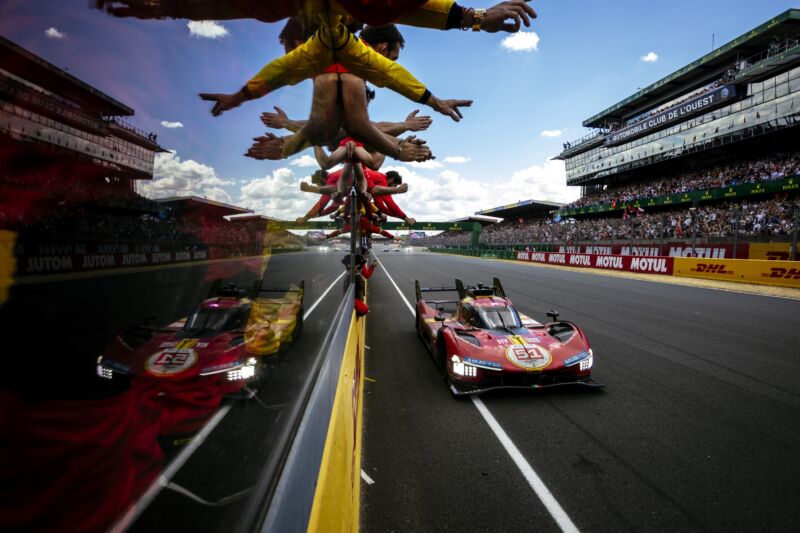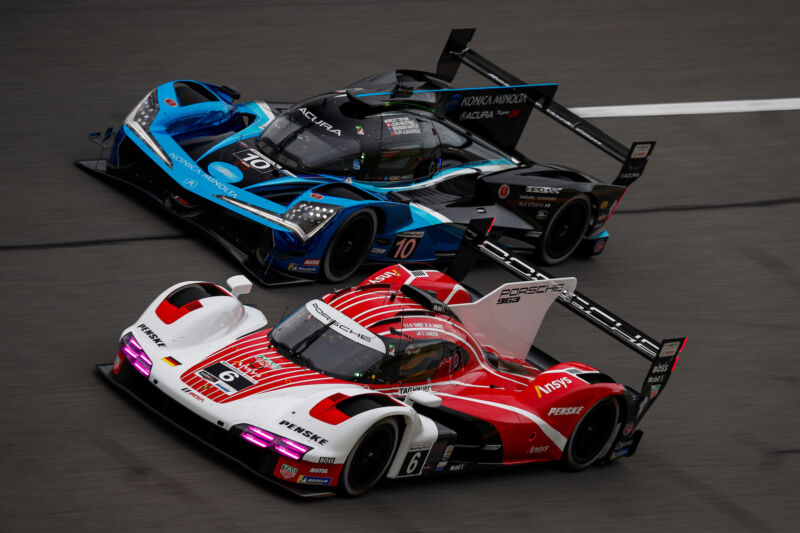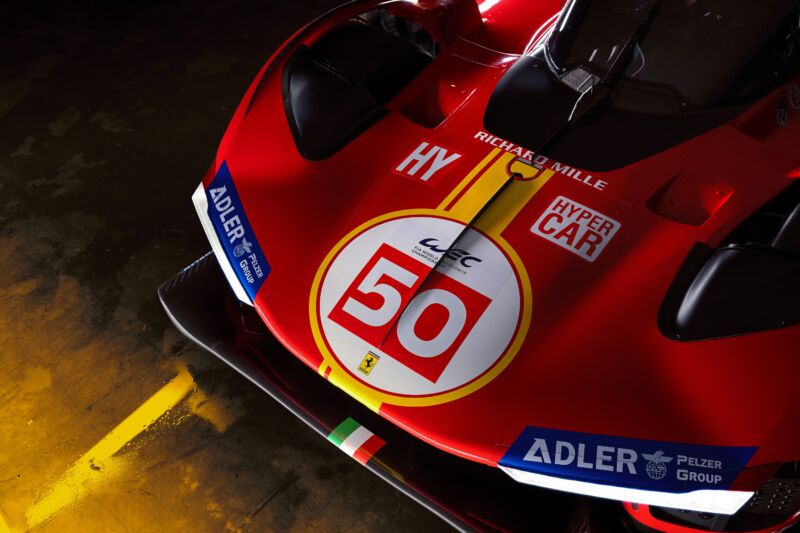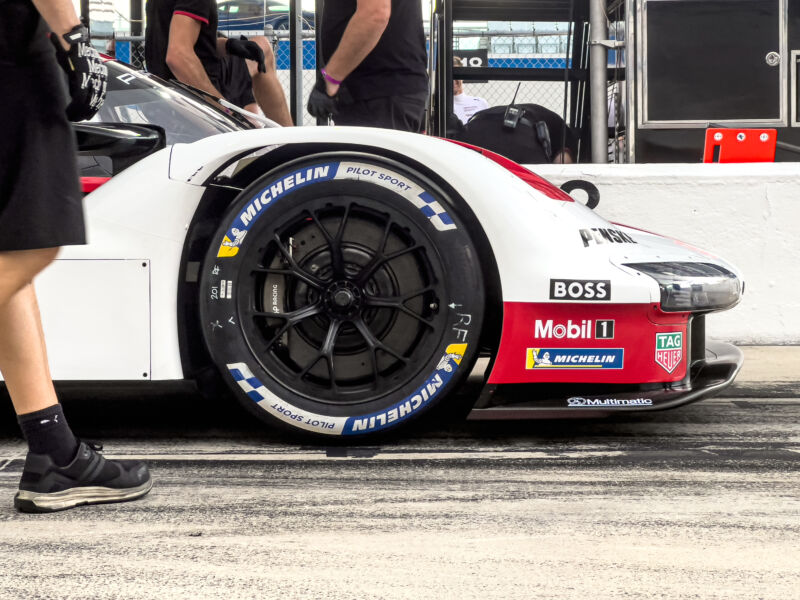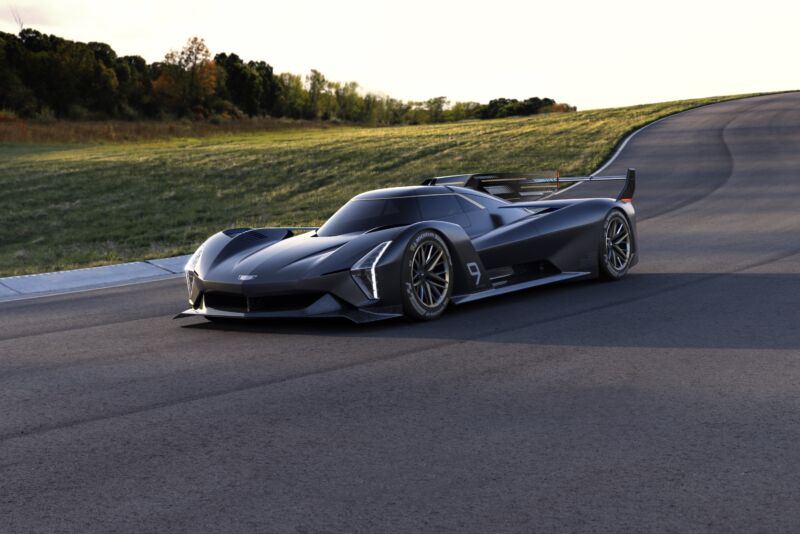-
 chevron_right
chevron_right
The return of GTP racing to IMSA gets a big thumbs-up from fans
news.movim.eu / ArsTechnica · Tuesday, 21 November - 12:00 · 1 minute
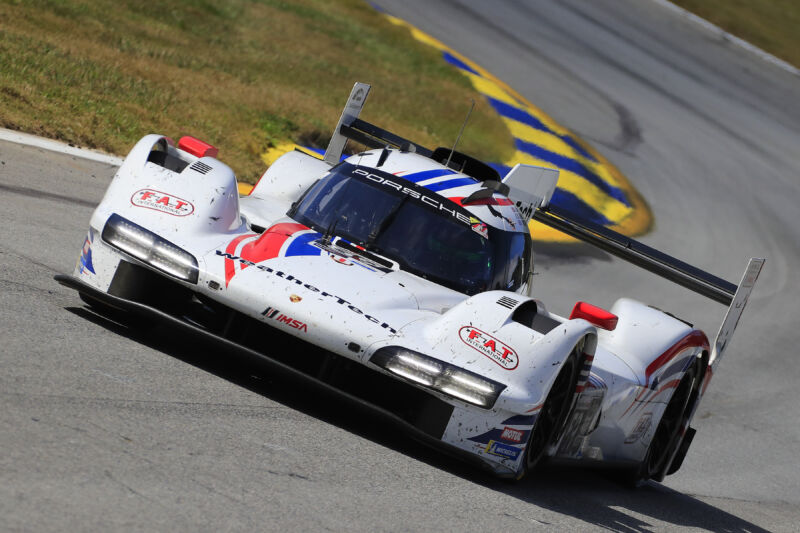
Enlarge / A Porsche 963, one of the four different kinds of hybrid prototype racing cars built to the LMDh rules, running in IMSA's GTP class at the 2023 Petit Le Mans at Road Atlanta in October. (credit: David J. Griffin/Icon Sportswire via Getty Images)
IMSA provided flights from Washington, DC, to Atlanta and four nights in a hotel so we could attend Petit Le Mans. Ars does not accept paid editorial content.The crowd streamed onto the track before the race, seizing their last chance to see the brightly liveried cars up close. Daytona had been busy in January, but the crowd at Road Atlanta seemed even larger. To be honest, though, the race the fans were here to see would not be one for the ages. A 52-car grid packed into just 2.8 miles of race track promised potential trouble, and the 10-hour race saw 14 interruptions by the safety car, never getting into a rhythm. But I’m not sure that mattered much; the main draw for many in attendance that Saturday was simply seeing this new era of hybrid prototypes in person, and on that score, everyone left with smiles.
We’ve spilled plenty of pixels over the past 18 months or so delving into some of the minutiae of this new class of racing car, variously known as LMDh or GTP . Briefly, these are purpose-built racing cars, which start with a carbon-fiber spine from one of four racecar constructors and then add an engine, bodywork, and software from one of the four OEMs that participate, and then the same Xtrac gearbox, Williams Advanced Engineering lithium-ion battery, and Bosch electric motor as a way to keep development costs reasonable.
The rules purposely limit the amount of aerodynamic downforce a car can generate relative to the amount of drag it creates, and they positively encourage each car maker to give these race cars styling that calls out to their road-going products.


